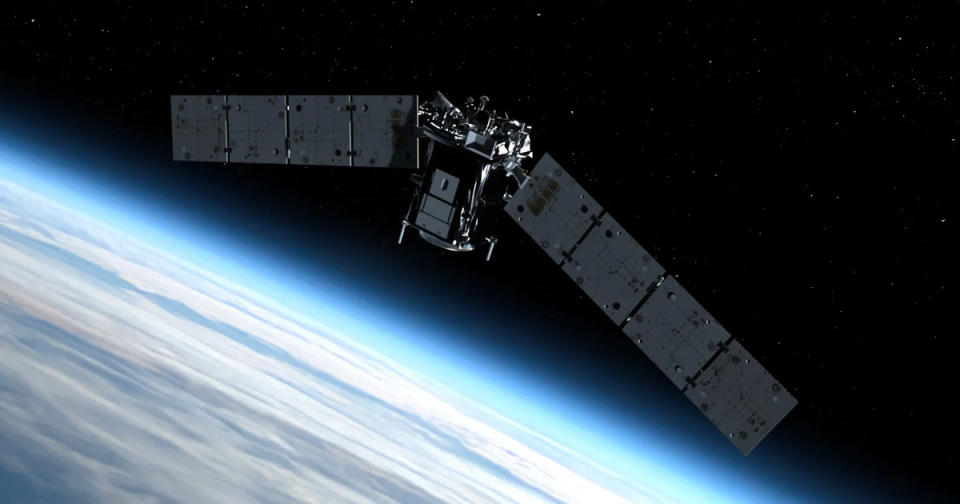NASA Was "Really Scared" When a Russian Satellite Almost Obliterated Its Orbiter

Close Call
In late February, a Russian satellite nearly hit an American one — and now, NASA's admitting how terrifying it was.
As NASA deputy administrator Pam Melroy said during a conference, as transcribed by The Independent, the agency was "really scared" by the near-miss involving the agency's Thermosphere Ionosphere Mesosphere Energetics and Dynamics Mission (TIMED) satellite and Russia's Cosmos 2221 orbiter.
"It was very shocking personally and for all of us at NASA," Melroy, a former astronaut, said during the Space Foundation’s Space Symposium this week.
While the close call was somewhat expected, the agency has since learned that the satellites were less than 10 meters apart during the incident, which is far too close for comfort.
"Had the two satellites collided we would have seen debris generation, tiny shards traveling at 10,000 miles per hour," Melroy continued, "waiting to puncture a hole in another spacecraft and potentially putting human lives at risk."
Notably, the incident took place in the weeks following warnings about an alleged Russian space nuke that could, as Germany's military believed, essentially destroy orbit for any country's satellites.
While Russian President Vladimir Putin denied the existence of such a weapon and a Kremlin official called the reporting a "malicious fabrication" meant to aid the United States' support of Ukraine, tensions were invariably high when the near-miss occurred.
"We’re all worried about this," Melroy said. "TIMED really scared us."
Trash Future
As the Independent notes, NASA launched a new satellite-mapping effort this week to help track everything that's currently orbiting our planet.
Named the Space Sustainability Strategy, the endeavor is being undertaken partially to try to avoid such anxiety-inducing incidents.
The stakes are real. In 1978, famed scientist Donald Kessler predicted that as more and more satellites are launched, the more dangerous these sorts of collisions could become. If a satellite pile-up were to occur, it could set off a chain reaction that resulted in debris shards that not only would make communications and military satellites obsolete, but could come raining down upon the Earth below, too.
"This problem is monumental," Melroy said. "We can’t even agree on how many pieces of debris are in orbit because we have so many models out there."
That February close call clearly demonstrated how important the newly-launched effort will be — and hopefully, it'll help us clean up our planet's orbit, too.
More on satellites: Paper Claims Dying SpaceX Satellites Could Weaken Earth's Magnetic Field

